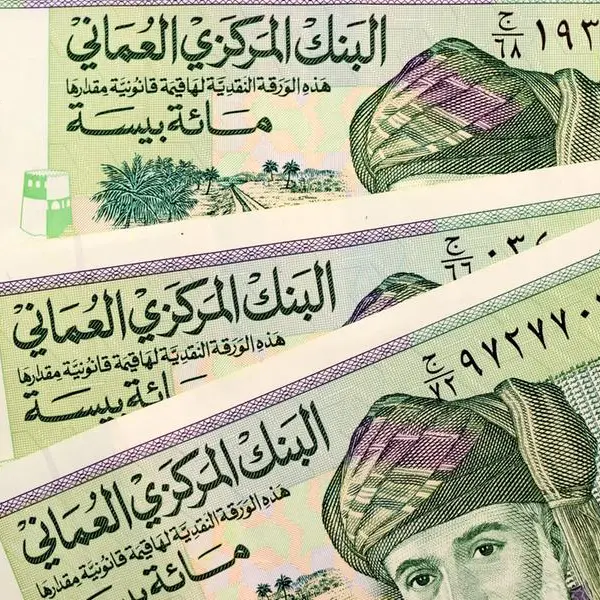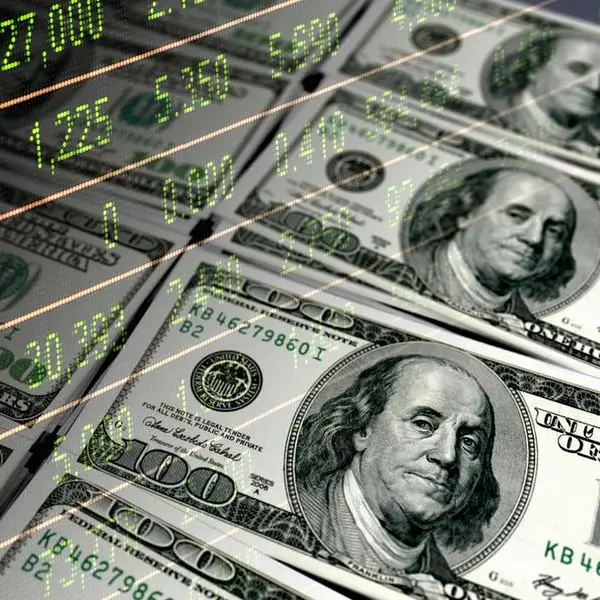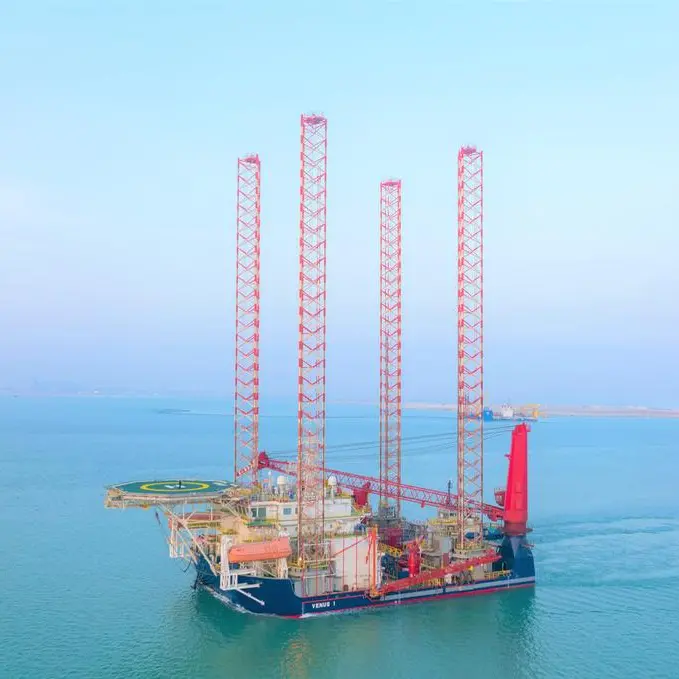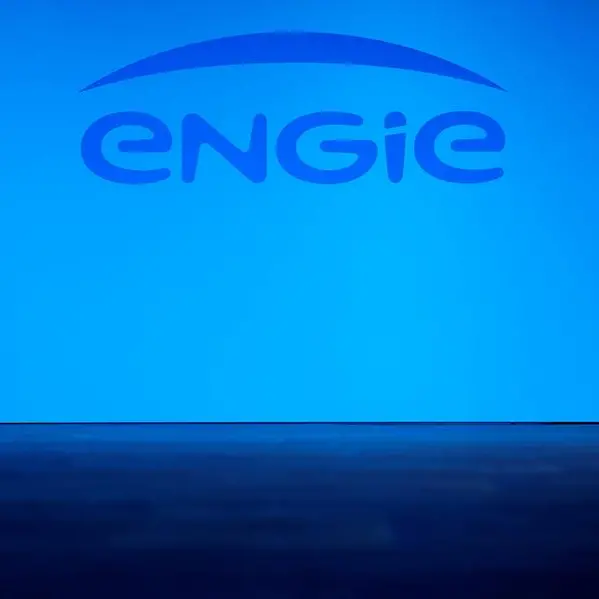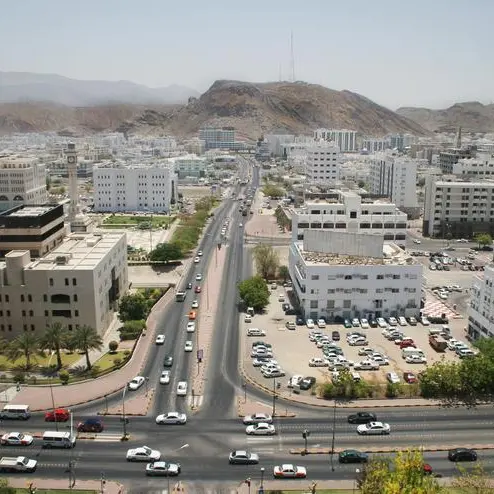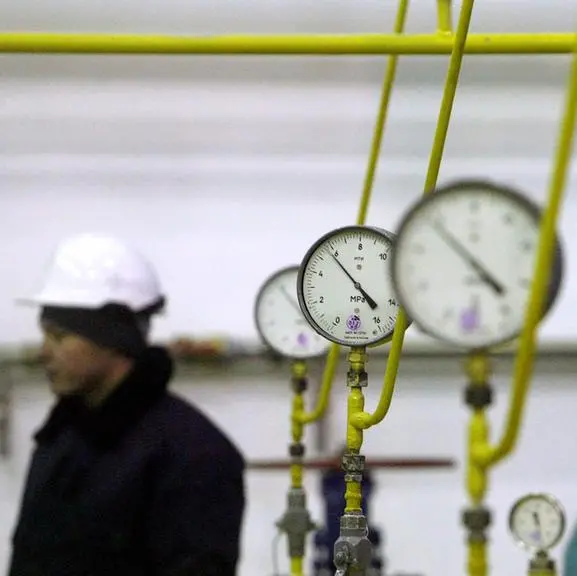19 March 2017
Bahrain and Oman are more exposed to currency risks, due to their low levels of foreign exchange reserves and large current account deficits among the Gulf Cooperation Council (GCC) countries, Moody's Investors Service said in a report last week.
The global ratings agency said other GCC countries are well-positioned to withstand external payment pressures.
"GCC countries have seen a substantial weakening in their current account balances as a result of the fall in oil prices since 2014," said Mathias Angonin, a Moody's Analyst and co-author of the report.
The regional countries on average posted 18 percent account surpluses during 2005-2014 but shifted to a deficit of 3.4 percent in 2016, up from 0.6 percent deficit in the previous year.
"As well as this switch to a current account deficit, higher external debt issuances and a drawdown on foreign exchange and sovereign wealth fund reserves, have led to a material weakening in external positions on average," Angonin added.
In 2016, Oman had the highest current account deficit among GCC countries, which Moody's estimates at 20.1 percent of gross domestic product, and the highest external breakeven oil price at $78.4 per barrel, according to the International Monetary Fund.
Bahrain and Saudi Arabia registered moderate current account deficits of around 3.3-3.4 percent of GDP, while Qatar's was much smaller at 0.5 percent, according to Moody's estimates.
Moody's expects the aggregate current account deficit to narrow to $5.5 billion (0.3 percent of GDP) by 2018, from $21 billion (3.4 percent of GDP) in 2016. This will, however, still be well below the large surpluses recorded between 2005 and 2014.
Kuwait and the United Arab Emirates are expected to post average surpluses of 5.6 percent and 3.1 percent of GDP respectively in 2017-18. Qatar is forecast to return to a small surplus of 0.6 percent of GDP in 2017-18.
For Saudi Arabia and Bahrain, Moody's expects moderate current account deficits of 2.7 percent of GDP on average in 2017-18. Oman has a much larger external gap, and the current account deficit is expected to average 11.6 percent of GDP over the same period.
If external pressures were to increase or external funding dried up, Moody's would anticipate stronger GCC countries to provide deposits, loans or grants to weaker countries.
Read more here:
VAT revenue for Kuwait at 3 & 5% to equal 0.8% and 14% of GDP respectively
Oman gains breathing space with jumbo $5 billion bond sale
Saudi Arabia prepares citizens for tough times ahead
Rising fiscal gap GCC needs further deficit cuts to stabilise public finance
Worst is behind UAE economy IIF
© Express 2017
Bahrain and Oman are more exposed to currency risks, due to their low levels of foreign exchange reserves and large current account deficits among the Gulf Cooperation Council (GCC) countries, Moody's Investors Service said in a report last week.
The global ratings agency said other GCC countries are well-positioned to withstand external payment pressures.
"GCC countries have seen a substantial weakening in their current account balances as a result of the fall in oil prices since 2014," said Mathias Angonin, a Moody's Analyst and co-author of the report.
The regional countries on average posted 18 percent account surpluses during 2005-2014 but shifted to a deficit of 3.4 percent in 2016, up from 0.6 percent deficit in the previous year.
"As well as this switch to a current account deficit, higher external debt issuances and a drawdown on foreign exchange and sovereign wealth fund reserves, have led to a material weakening in external positions on average," Angonin added.
In 2016, Oman had the highest current account deficit among GCC countries, which Moody's estimates at 20.1 percent of gross domestic product, and the highest external breakeven oil price at $78.4 per barrel, according to the International Monetary Fund.
Bahrain and Saudi Arabia registered moderate current account deficits of around 3.3-3.4 percent of GDP, while Qatar's was much smaller at 0.5 percent, according to Moody's estimates.
Moody's expects the aggregate current account deficit to narrow to $5.5 billion (0.3 percent of GDP) by 2018, from $21 billion (3.4 percent of GDP) in 2016. This will, however, still be well below the large surpluses recorded between 2005 and 2014.
Kuwait and the United Arab Emirates are expected to post average surpluses of 5.6 percent and 3.1 percent of GDP respectively in 2017-18. Qatar is forecast to return to a small surplus of 0.6 percent of GDP in 2017-18.
For Saudi Arabia and Bahrain, Moody's expects moderate current account deficits of 2.7 percent of GDP on average in 2017-18. Oman has a much larger external gap, and the current account deficit is expected to average 11.6 percent of GDP over the same period.
If external pressures were to increase or external funding dried up, Moody's would anticipate stronger GCC countries to provide deposits, loans or grants to weaker countries.
Read more here:
VAT revenue for Kuwait at 3 & 5% to equal 0.8% and 14% of GDP respectively
Oman gains breathing space with jumbo $5 billion bond sale
Saudi Arabia prepares citizens for tough times ahead
Rising fiscal gap GCC needs further deficit cuts to stabilise public finance
Worst is behind UAE economy IIF
© Express 2017
